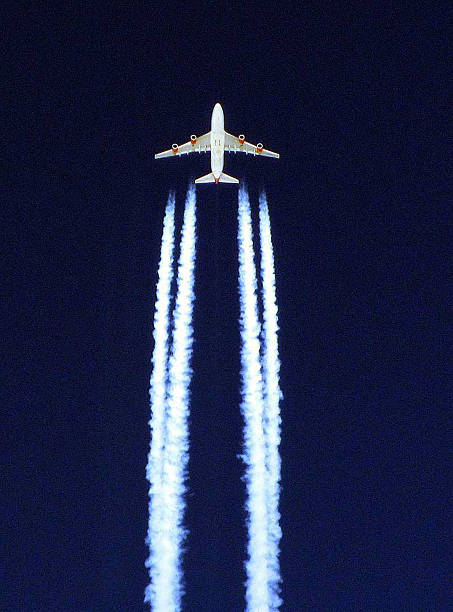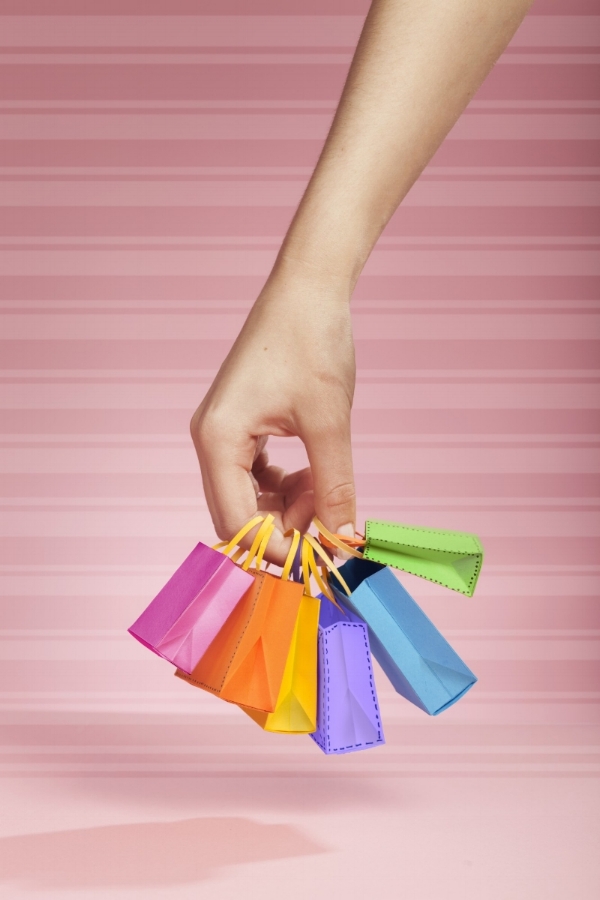January might be gone, but Virgin Atlantic’s flight attendant surprise event is pleasantly engrained in our memories. In promotion of its all-new Seattle-Tacoma International Airport departures to London Heathrow Airport, Virgin Atlantic hosted a recognition party in Emerald City. Emphasizing the airway between Seattle and London, the airline successfully highlighted its newest business routes.
The Reignmakers
The Virgin Atlantic campaign introduced “Reignmakers” which was a community reflecting London and Seattle’s “reign” and “rain.” We know, it seems a little forward. The display was, however, surprisingly poignant. All about cultural recognition, the Reignmakers hosted a massive, two-day party. Flight attendants zipped around Seattle in Virgin Atlantic labeled Mini Coopers, flying the airline’s flag.
Meanwhile, the event’s later hours hosted parties for the airline’s dedicated fans and passerby alike. Handing out swag to social leaders, radio stations, influential shop owners and small business owners, Virgin Atlantic connected consumers to industry trendsetters. High-traffic locations, naturally, were prioritized. In Seattle, refreshments were dished out on plane drink carts. Branded umbrellas and luggage tags were among the Virgin Atlantic swag collection.
Planes, Plans and People
Virgin Atlantic successfully aligned its newest business route with customers, prioritizing people above all. The approach might ambitious at first, but Virgin Atlantic has historically provided fantastic service. This time, indeed, was no different. The airline’s relationship with its customers has always focused on the incomparable Virgin Atlantic experience, and the Reignmakers honored such a tradition.
Virgin Atlantic paired its consumer base with media influencers, hosting private breakfasts with big-time travel and lifestyle impactors. Hosted at Seattle’s The London Plane, the dinner dished out more branded gifts, exclusive messages from the airline’s founder Sir Richard Branson and even free onboard flight opportunities. Here, the airline’s goal was twofold: Eventgoers could experience the Virgin Atlantic hospitality while prepping for a high-end blogging experience.
Taking to Social Media
Reflecting the Virgin Atlantic attention to blogging detail, it pushed for additional promotion via social media. Seattle played host to the airline’s Reignmakers contest, and visitors could nominate their favorite brand supporters. There was heavy consideration of Virgin Atlantic visionaries, and rewards were given to those who subverted typical Virgin Atlantic ideologies, presentations and displays.
The contest took place until February 28, giving the Reignmakers ample time to get prepared, get social, get visible and—of course—party. A Seattle-based Twitter campaign gave eventgoers a place to post photos, link to Instagram and type their favorite tags. All around, the Virgin Atlantic experiential marketing approach was highly visible. It’s rare to witness such a social-heavy airlines marketing campaign. It’s also comforting. Virgin Atlantic displayed an uncanny knack for social relevancy, and it highlighted its most profitable marketing segment while remaining relevant to others—which is always a difficult hurdle.











